5 Essential Tips to Choose the Right Medical Pulse Oximeter for Accurate Readings
In recent years, the medical pulse oximeter has emerged as an essential tool for monitoring patients' oxygen saturation levels, particularly in the context of respiratory diseases and conditions such as COVID-19. According to a report by Markets and Markets, the global pulse oximeter market is expected to grow from $2.4 billion in 2020 to $4.8 billion by 2025, reflecting an increasing reliance on this non-invasive monitoring device in both clinical and home settings. With the accuracy and reliability of readings directly impacting patient outcomes, selecting the right medical pulse oximeter is crucial. This guide offers five essential tips to ensure that healthcare professionals and individuals alike can navigate the vast array of options available and make informed decisions to guarantee the precise monitoring of oxygen levels.
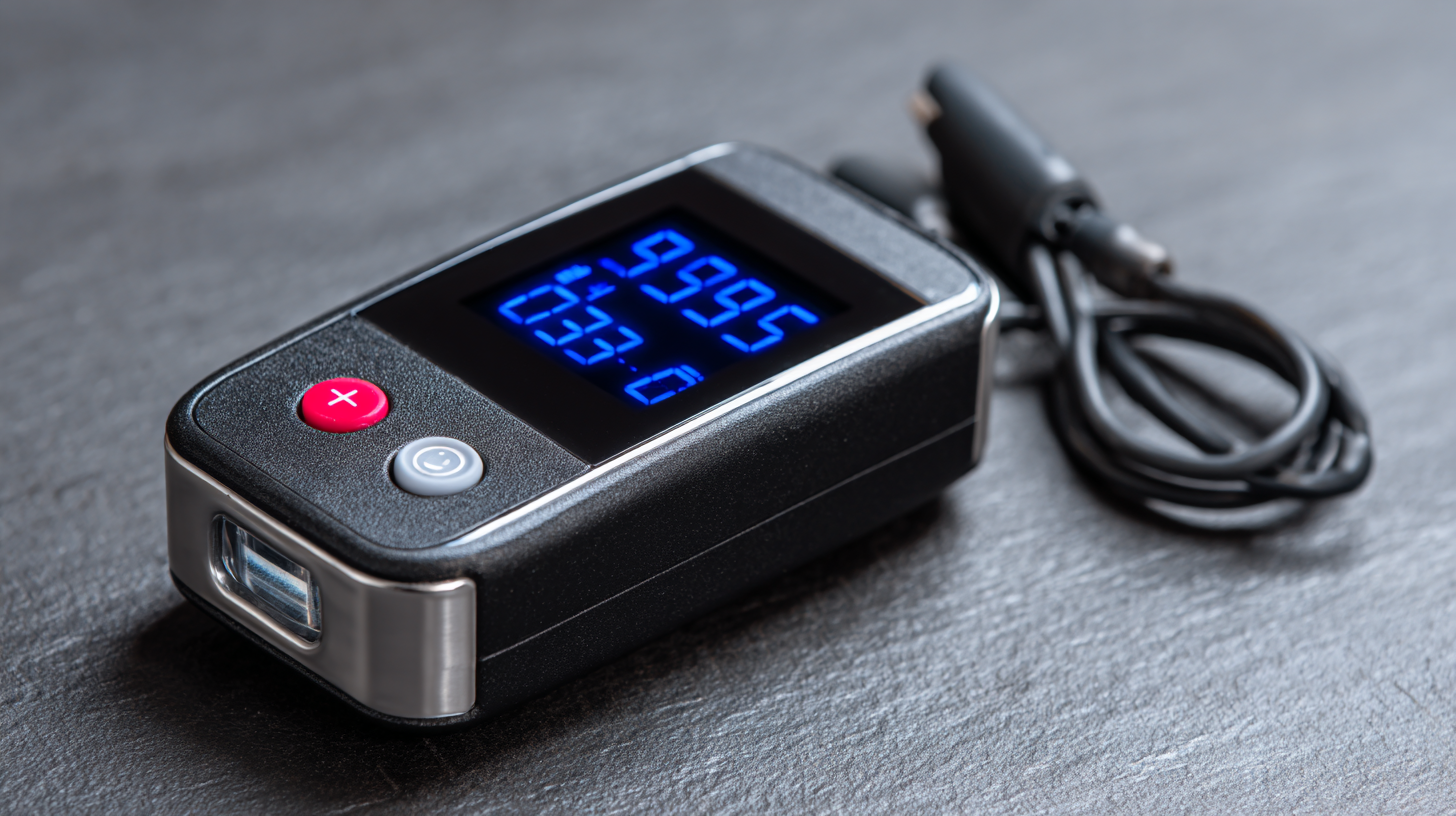
Understanding the Importance of Accurate Readings in Pulse Oximeters
Accurate readings from pulse oximeters are crucial for monitoring an individual's oxygen saturation levels, which directly impact overall health. A reliable reading can alert healthcare providers to potential respiratory issues or underlying conditions that require immediate attention. In situations such as managing chronic illnesses, postoperative recovery, or monitoring during respiratory infections, the accuracy of these devices can mean the difference between prompt treatment and serious complications.
Choosing the right pulse oximeter involves understanding its technology and design. Devices that utilize advanced sensors can provide more reliable results, especially for individuals with darker skin tones or those suffering from poor circulation. Additionally, it is essential to consider factors such as display readability and ease of use, particularly for patients who may not be tech-savvy. By prioritizing accurate readings and selecting a quality pulse oximeter, patients can better manage their health and ensure timely interventions when necessary.
Key Features to Look for in a Reliable Medical Pulse Oximeter
When selecting a medical pulse oximeter, understanding key features is paramount for ensuring accurate readings. One critical aspect is the accuracy of blood oxygen saturation (SpO2) measurements, which should ideally be within 2% of the true value. According to a study published in the *Journal of Clinical Monitoring and Computing*, more than 95% of pulse oximeters in the market fail to meet this benchmark under clinical settings. Thus, choosing a model with validated accuracy is essential.
Another important feature to consider is the responsiveness of the oximeter, particularly in varying conditions. High-quality devices should provide rapid readings, usually within 10 seconds, to effectively monitor patients whose oxygen levels may fluctuate. Additionally, a pulse oximeter that offers adjustable alarms can alert healthcare providers to critical changes in a patient's condition, enhancing patient safety. A report from the World Health Organization emphasizes that timely detection of hypoxemia through reliable pulse oximetry can significantly reduce morbidity and mortality in patients with respiratory diseases. Therefore, opting for a device with proven reliability and essential features can make a crucial difference in clinical outcomes.
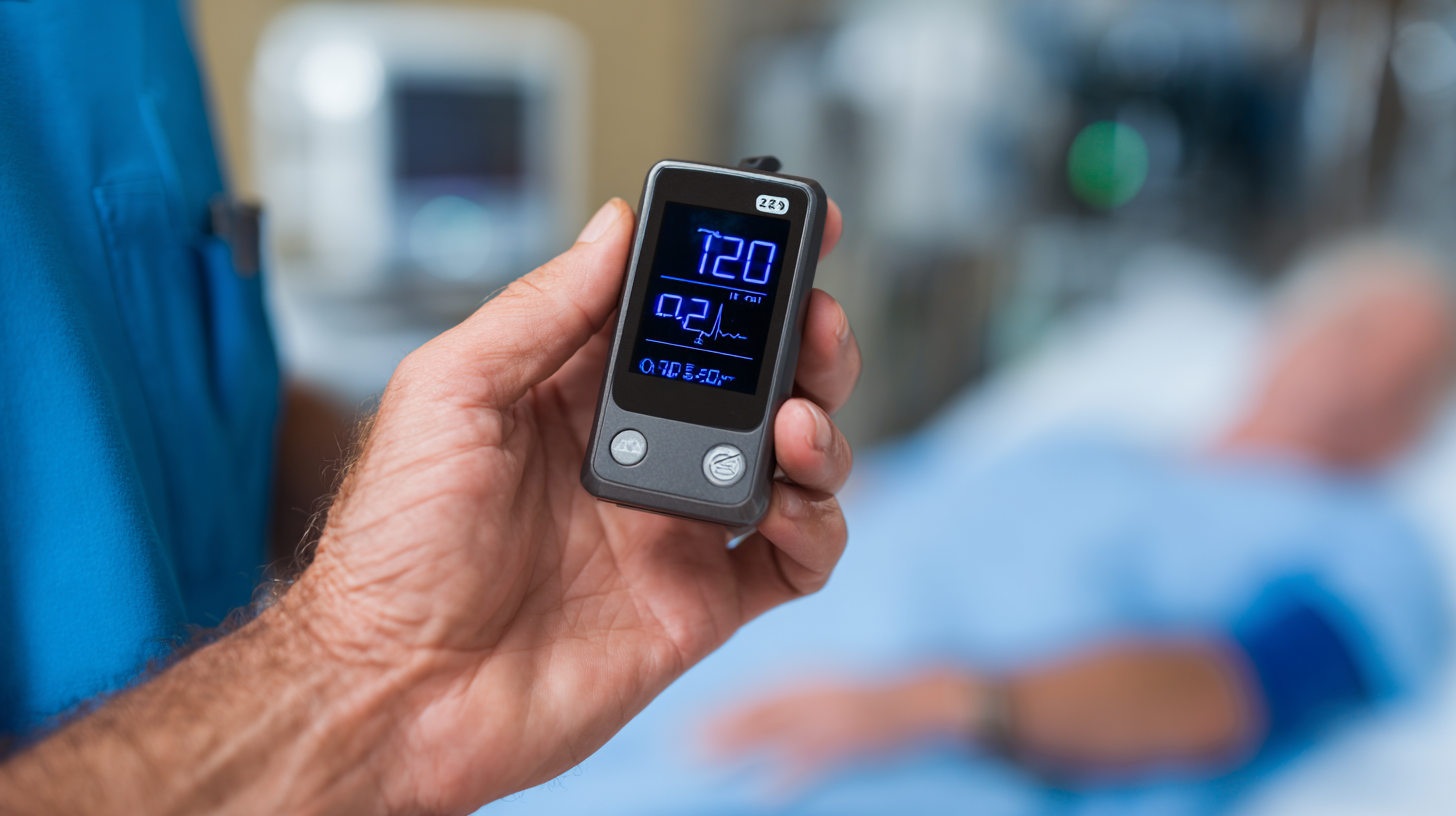
How to Evaluate the Accuracy and Calibration of Pulse Oximeters
When selecting a medical pulse oximeter, evaluating accuracy and calibration is crucial to ensure reliable readings. According to a study published in the Journal of Clinical Monitoring and Computing, up to 20% of consumer-grade oximeters may not provide accurate SpO2 readings, potentially leading to misdiagnosis and improper patient management. Therefore, healthcare professionals and consumers alike should prioritize devices that meet specific accuracy standards, such as those set by the Food and Drug Administration (FDA) or the International Organization for Standardization (ISO).
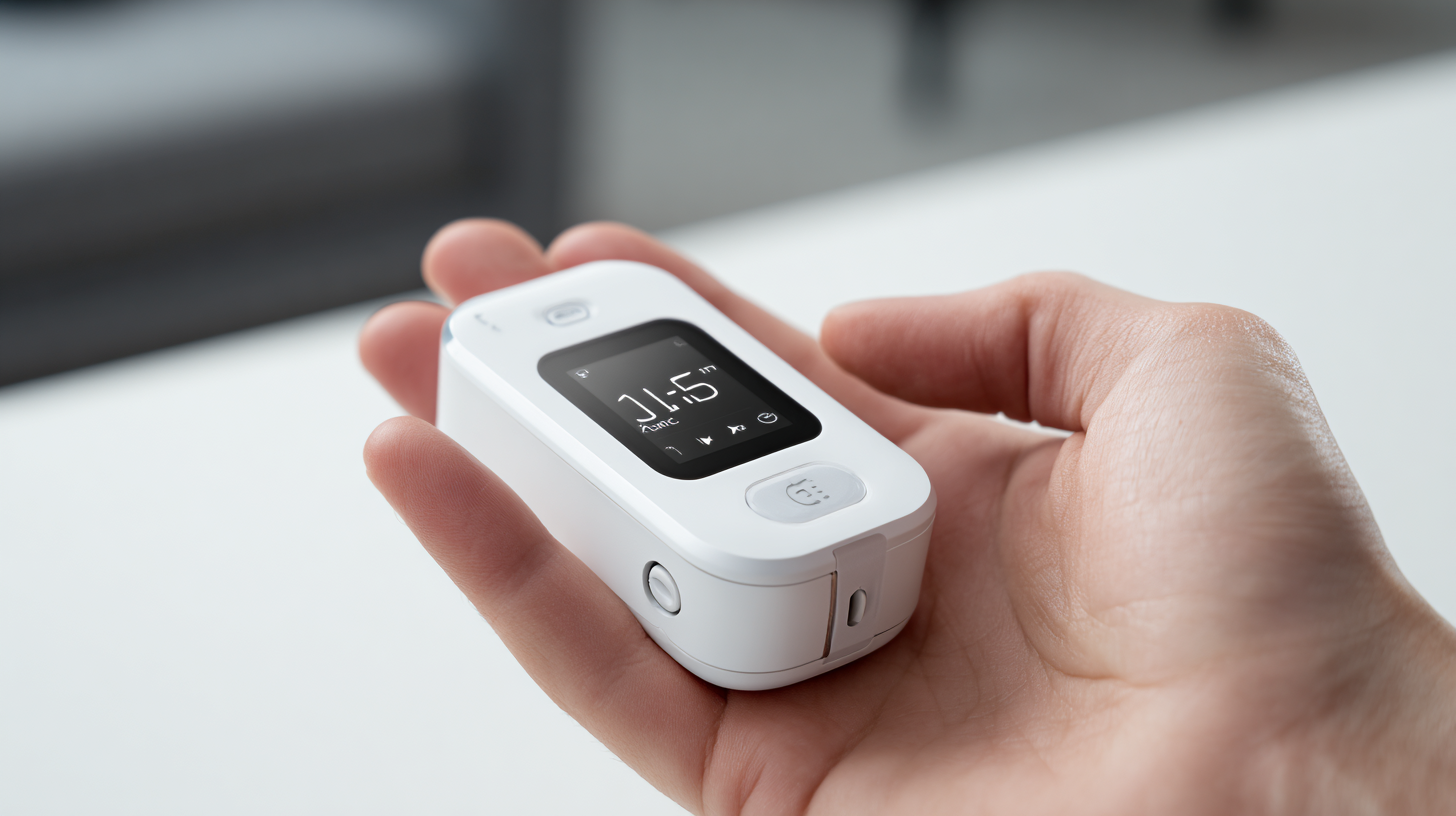
To assess calibration, it is essential to choose pulse oximeters that undergo routine calibration checks. A recent report by the American Association for Respiratory Care highlights that regular calibration significantly enhances the precision of readings and provides assurance that the device maintains its accuracy over time. Additionally, selecting models with clear documentation of calibration procedures and test results can further bolster confidence in their performance. By focusing on these aspects, users can ensure they are making informed decisions and utilizing pulse oximeters that deliver dependable results.
Comparing Different Types of Pulse Oximeters: Which Is Right for You?
When choosing the right medical pulse oximeter, it's essential to consider the different types available in the market. There are fingertip, handheld, and wrist models, each catering to specific needs. Fingertip pulse oximeters are the most common and suitable for personal use due to their convenience and ease of operation. Handheld models often offer advanced features, making them ideal for professional settings, while wrist models provide flexibility for patients requiring continuous monitoring.
One crucial tip when selecting a pulse oximeter is to ensure it meets accuracy standards. Look for devices that are FDA-approved, as they provide reliable readings that are vital for monitoring oxygen saturation levels, especially in light of recent health guidelines indicating that a saturation level of ≤93% may signal severe conditions for both adults and children. Additionally, consider the display qualities—clear and bright screens enhance usability, especially for those with visual impairments.
Lastly, don’t forget to check the battery life and overall portability of the device. A pulse oximeter with a long-lasting battery and compact design ensures that you can monitor your health on the go without frequent interruptions. With the recent distribution of pulse oximeters in various regions, now is the perfect time to invest in a model that suits your healthcare needs.
Comparison of Different Types of Medical Pulse Oximeters
Tips for Proper Usage and Maintenance of Your Pulse Oximeter for Best Results
When it comes to ensuring accurate measurements with your pulse oximeter, proper usage and maintenance are crucial. First, it's essential to place the device correctly on your fingertip. Ensure that your fingertip is clean and dry, as dirt or moisture can interfere with the readings. Allow your hand to rest at heart level for a few moments before taking a measurement to avoid fluctuations caused by movement. Additionally, it’s best to stay still while the device is in use; any motion can lead to inaccurate results.
Regular maintenance of your pulse oximeter is equally important. Clean the sensor and the casing with a soft, damp cloth to avoid buildup of dirt and oils that can affect performance. Check the device periodically for battery life and replace the batteries as needed to ensure consistent operation. Storing the oximeter in a cool, dry place will also prolong its lifespan. By following these usage and maintenance tips, you can maximize the accuracy and reliability of your pulse oximeter readings, giving you confidence in your health monitoring.
Related Posts
-
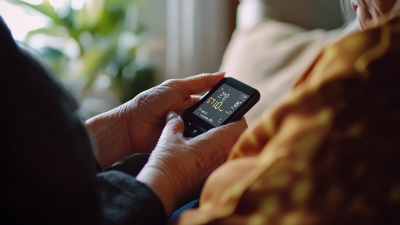
Unlocking the Benefits of Using a Portable Pulse Oximeter in Everyday Life
-
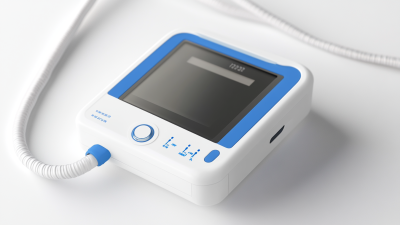
Discover the High Efficiency of Oxygen Pulse Oximeters from China's Leading Manufacturing Plant
-

How to Choose the Best Fingertip Oximeter for Your Needs
-

How to Effectively Use an Oxygen Saturation Monitor for Health Monitoring
-

Essential Checklist for Choosing the Right Professional Pulse Oximeter
-

Ultimate Guide to Choosing the Best ICU Monitor for Your Healthcare Facility

